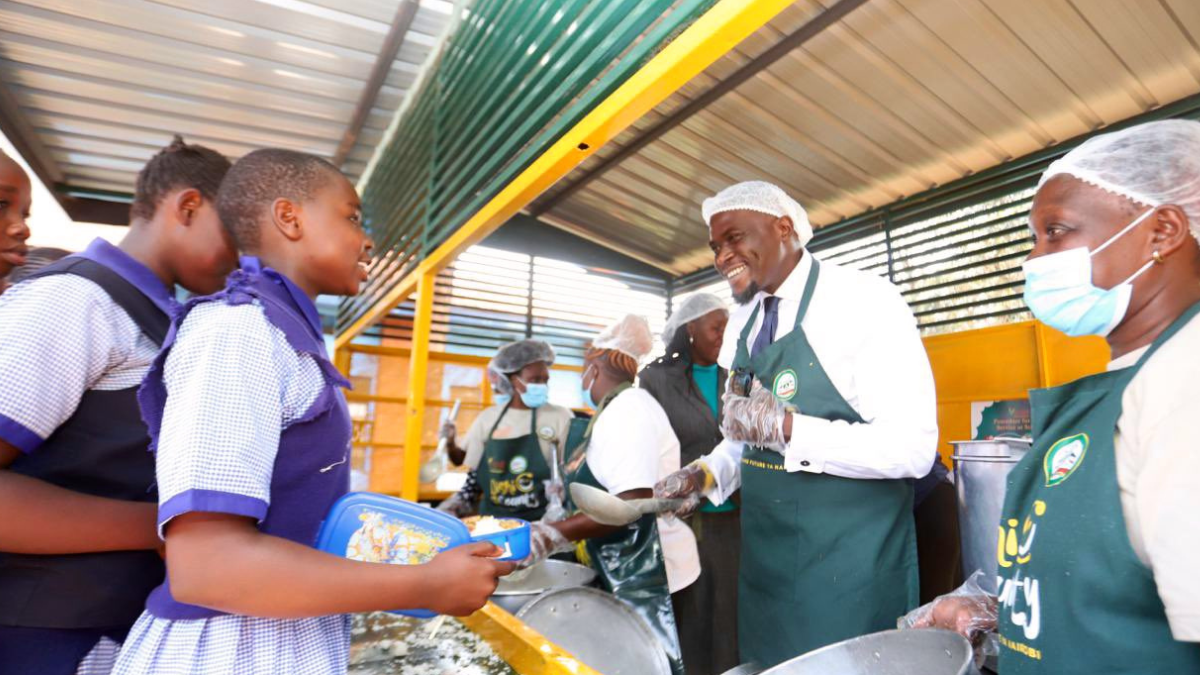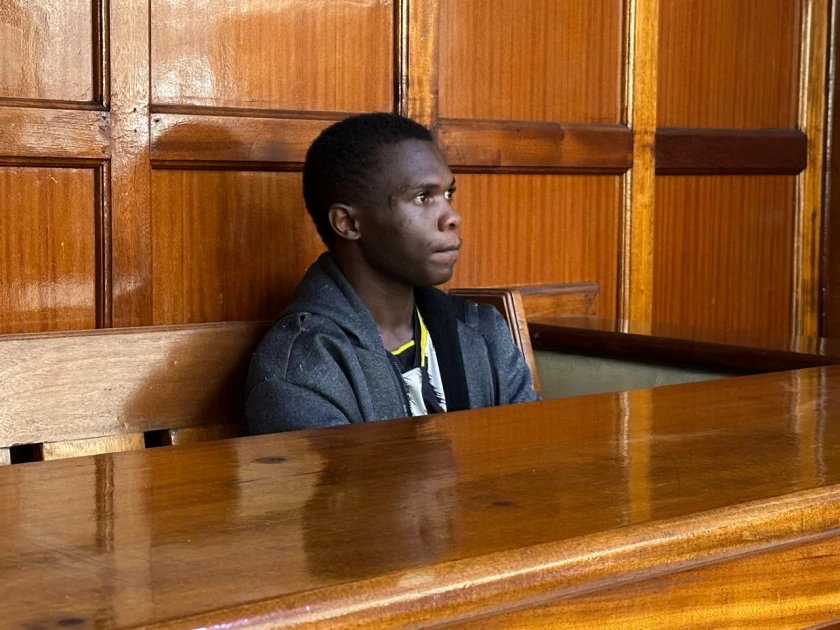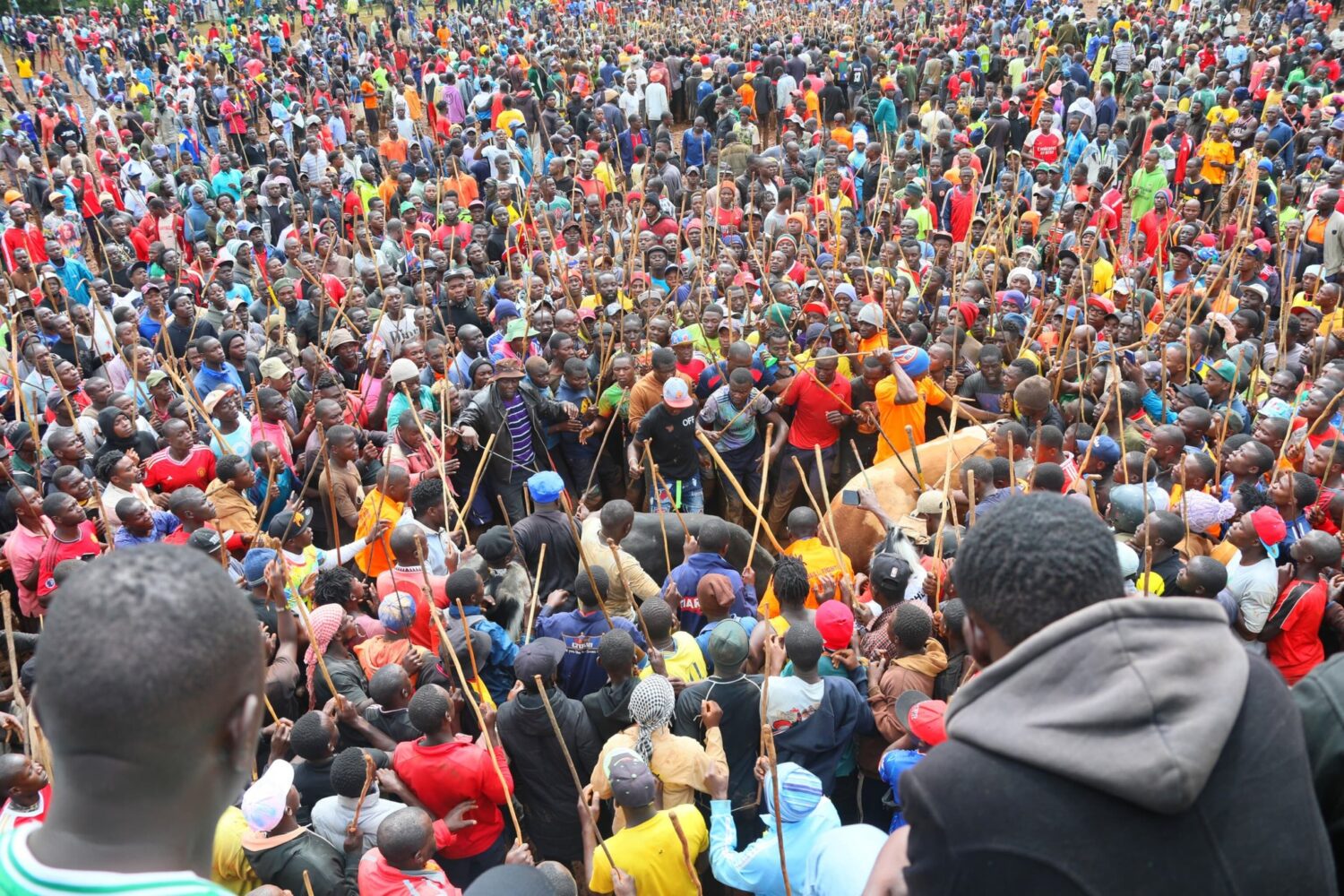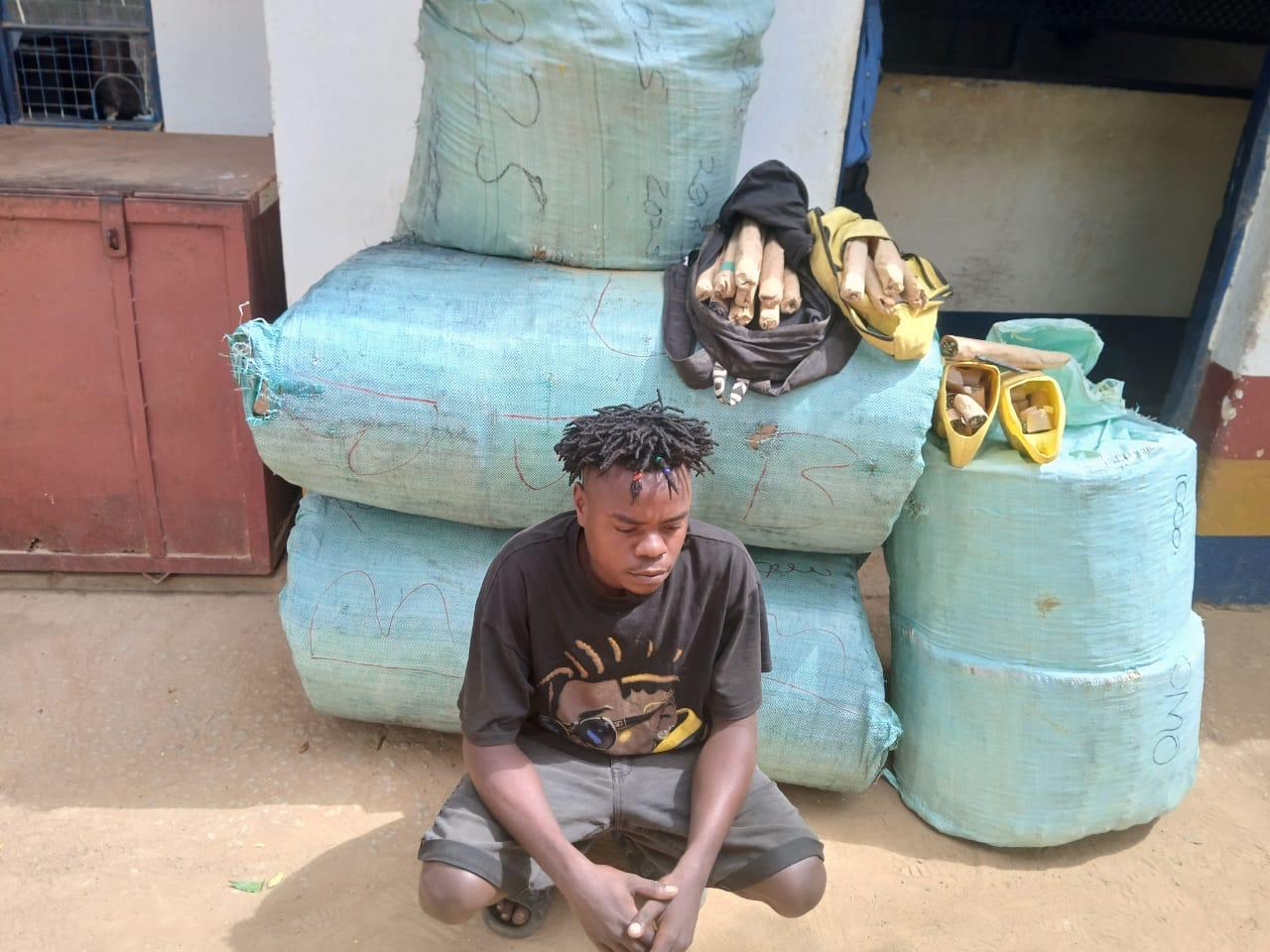1 out of 4 children in Nairobi used to miss school because of hunger.
It was from this reality that Nairobi Governor Sakaja Johnson birthed the school meal program in all public schools and ECDEs across 17 sub-counties of the city.
The program, Dishi Na County, has grown to support over 310,000 pupils at a cost of Ksh5 per plate.
The payment is made through a tap-to-eat system.
For those unable to afford even this nominal fee, the county steps in to cover the cost.
So far, over 21.9 million meals have been served since the beginning of the dishi na county program.
The governor is also expected to roll out Dishi Na County phase 3 as schools re-open for third term.
Once rolled out, the county will expand the scope of the program to complete all public primary schools, bringing to the total of 17 central kitchens across all 17 sub-counties.
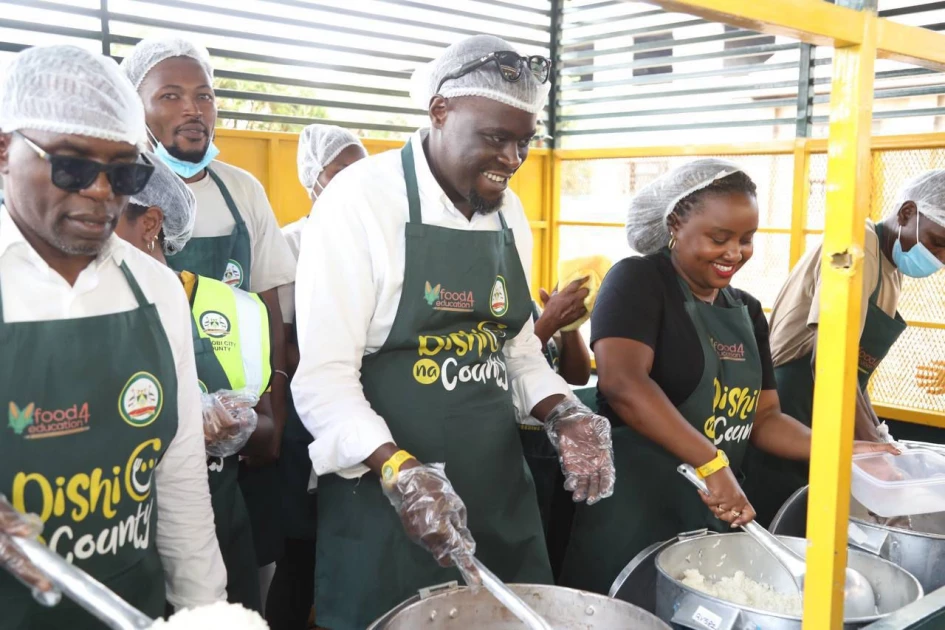
The school meal initiative becomes Sakaja’s celebrated and fulfilled vision, reflecting on the journey when he unsuccessfully attempted to introduce a Bill in the Senate to provide meals to school children.
“As a Senator, I visited many schools, and whenever I asked the children what they needed, they always said food. It was a shocking revelation, but it made me determined to one day make this dream a reality,” remarked Governor Sakaja.
“We have established systems across all sub-counties to ensure that, by the next term, all registered public schools will provide nutritious meals,” he added.
The Dishi na County Programme, launched in June 2023, began with the establishment of 10 central kitchens, with the first meals served on August 28, 2023.
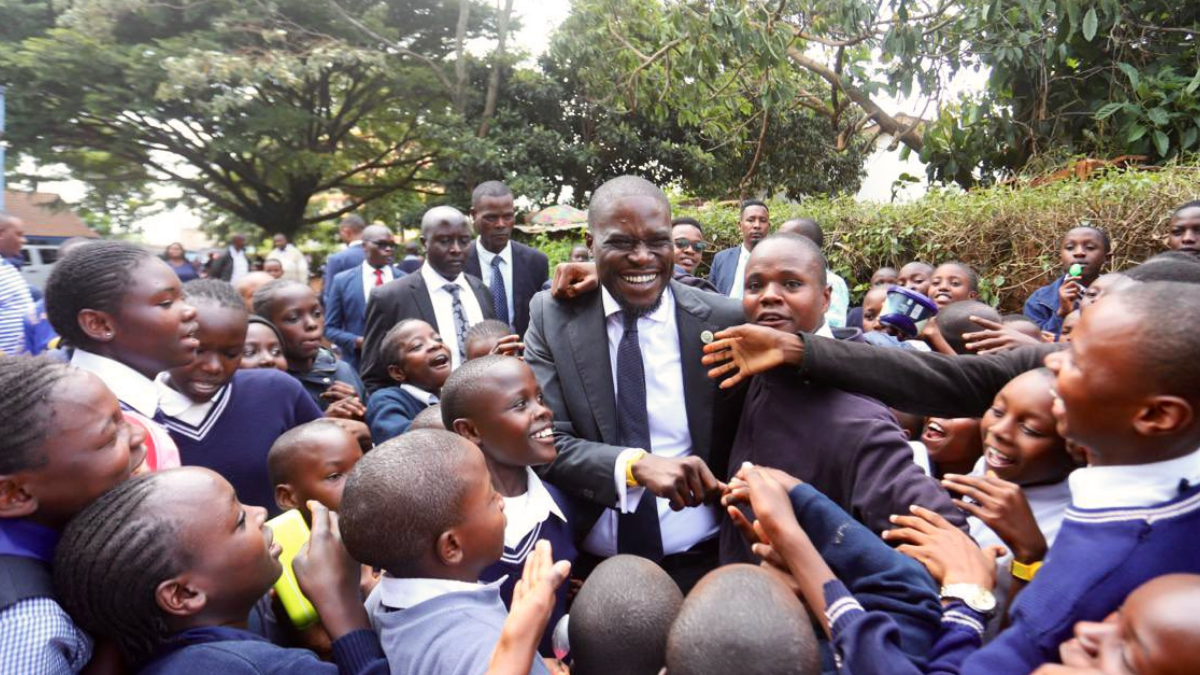
By January 2024, the second phase had seen an additional ten kitchens operational, catering to 184,000 children from 106 public schools daily.
Over 5,000 people work under the Dishi na County initiative in 12 kitchens strategically set in Nairobi preparing meals and transporting to various schools, creating job opportunities for residents.
The food cooked at central kitchens is sourced from different parts of the country, thus empowering farmers financially and creating market availability for their produce.
The produce includes rice from Mwea, beans from Central and ndengu (green grams) from Western Kenya.
Written by Mike Kaguongo, TV47


